
In today’s digital age, proxy servers have become essential tools for data scraping, anonymous browsing, and prevent personal information leakage. However, not all proxies can provide stable, fast, and secure services. Using a proxy without testing may lead to slow connections, failed requests, or even privacy risks. Therefore, thoroughly testing a proxy before use is a critical step to ensure its reliability and performance.
This guide will provide you with a detailed overview of manual and automated proxy testing methods, connectivity check tools, and security detection techniques. Whether you are a network developer, data scientist, or casual user, you will find suitable testing solutions to ensure your proxy server meets the needs of various online activities.
When you plan to use a proxy, whether for web scraping, anonymous browsing, or prevent personal information leakage, it is crucial to check the reliability and performance of the proxy. A proxy with poor performance may result in slow connections, blocked requests, or even expose security vulnerabilities. Therefore, conducting thorough testing before using a proxy is essential. Checking the proxy ensures that it is functioning properly, avoiding connection failures or task interruptions due to proxy failure. Testing the speed of the proxy helps in selecting the best-performing proxy, improving access efficiency, and reducing latency. Verifying the anonymity of the proxy ensures that it hides your real IP address, preventing personal information leakage. Regularly checking the proxy can help avoid paying for invalid or inefficient proxies, saving resources.
In summary, checking the proxy ensures its availability, security, performance, and compliance, helping to avoid potential issues.
You can manually test proxies using various methods to check their basic connectivity, speed, and potential issues. Below are two commonly used manual testing methods
A ping test helps you check whether the proxy server responds to requests and measures the data transmission delay between you and the proxy server. By using the `ping` command, you can measure the response time (latency) and determine if the proxy server is reachable.
How to Perform a Ping Test
Open the terminal or command prompt.
Enter the following command
ping [proxy IP address]
If the server responds, you will see the response time, indicating that the proxy is online. A lower response time means faster connectivity, suitable for browsing or data requests.
A curl test helps you check how the proxy handles requests, especially useful for web scraping or API calls. The `curl` command is used to send HTTP requests through the proxy and observe how the proxy forwards these requests.
How to Perform a Curl Test
Open the terminal and enter
curl -x [proxy IP address][proxy port] [target URL]
This sends a request to the target website through the proxy and displays the response. You can check if the connection is successful or if any errors occur.
For users who need to test multiple proxies or perform more complex checks, automating the proxy testing process using scripts is an efficient approach. Using programming languages like Python, you can create custom proxy testing scripts to automate connectivity, speed, and anonymity checks.
1. Connectivity
Ensure the proxy is reachable and does not frequently disconnect. A good proxy should have a stable connection without frequent timeouts or disconnections.
2. Response Time
Response time (latency) indicates how quickly the proxy processes requests. Lower response times mean faster connections, which are crucial for high-frequency data scraping or real-time operations.
3. IP Address
Verify that the proxy uses the expected IP address. This is particularly important for users who need to hide their real IP address or simulate traffic from different regions.
4. Error Codes
During testing, you may encounter HTTP error codes such as 403 (Forbidden), 404 (Not Found), or 502 (Bad Gateway). These errors may indicate issues with the proxy or the target server you are trying to connect to.
To more accurately measure proxy performance, you can use specialized benchmarking tools. These tools help evaluate proxy speed, connection reliability, and other factors affecting browsing experience.
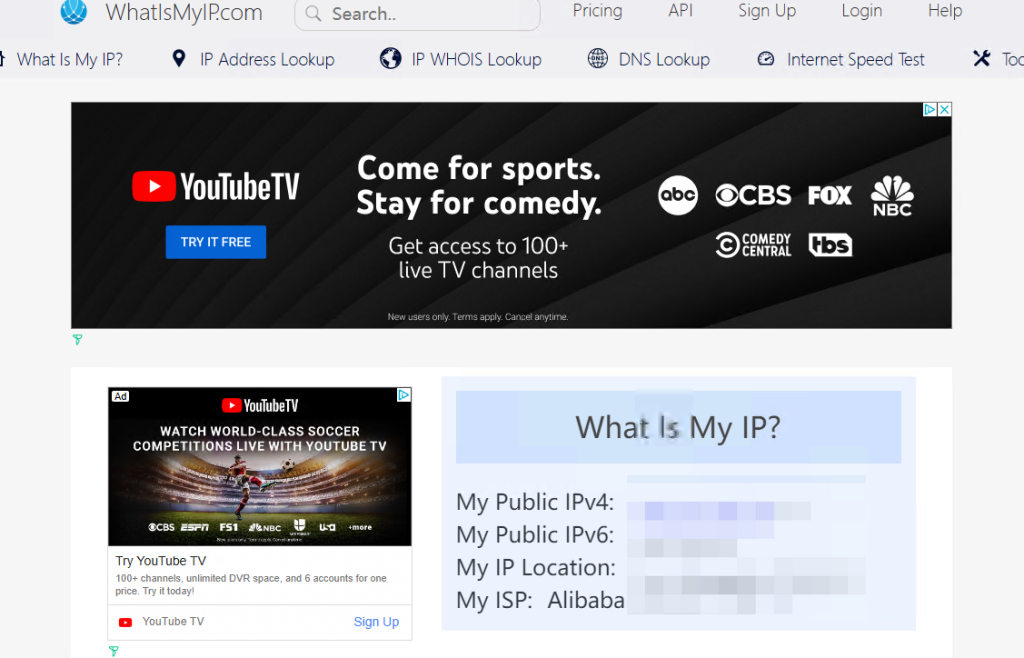
WhatIsMyIP.com is a simple and easy-to-use online tool suitable for users who need to quickly obtain their IP address and related information. Whether for network diagnostics, privacy checks, or geolocation verification, this website provides practical features. However, users should be mindful of privacy protection and understand the limitations of its functionality.
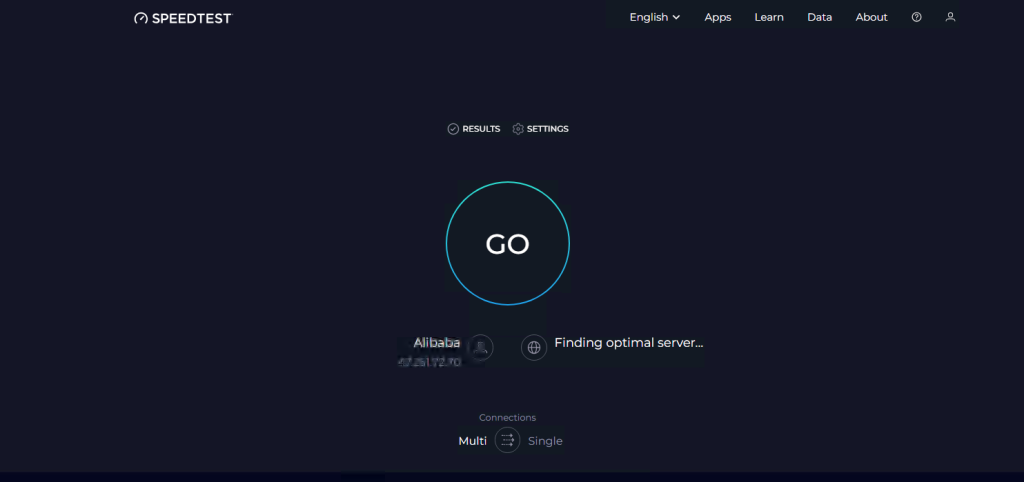
Speedtest.net is a powerful and user-friendly network speed testing tool suitable for both individual and enterprise users. Whether testing home broadband, mobile networks, or corporate networks, Speedtest.net provides accurate speed test results to help users understand their network performance and address potential issues.
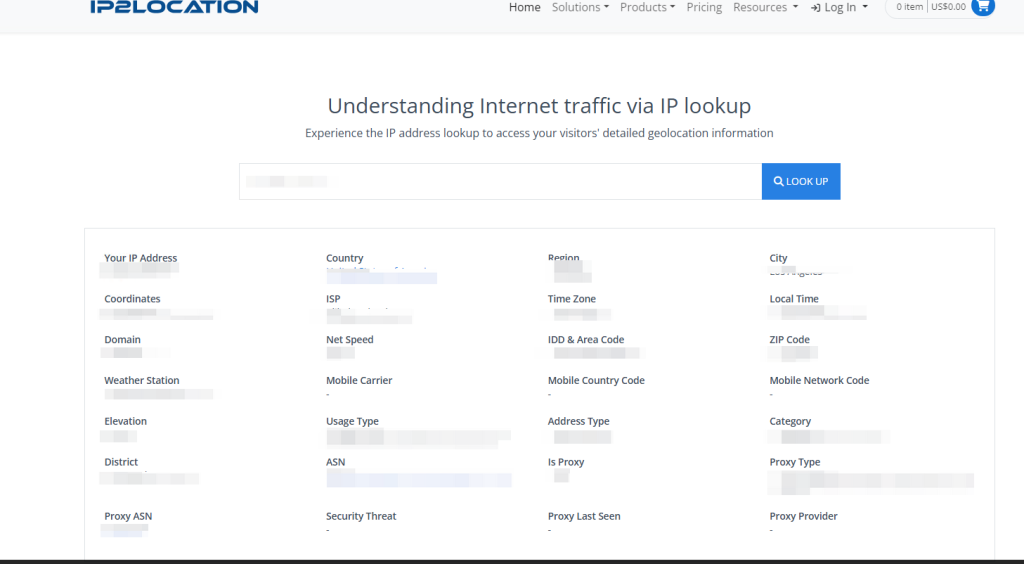
IP2Location is a geolocation service based on IP addresses, used to determine geographic location information associated with a specific IP address. By analyzing the mapping relationship between IP addresses and geographic locations, it provides information such as country, region, city, latitude, longitude, ZIP code, time zone, and ISP (Internet Service Provider).

This is a powerful and user-friendly open-source proxy detection tool that supports multi-threading and can quickly detect the validity of HTTP and SOCKS proxies. Whether for development, network security testing, or daily proxy management, it meets your needs. The tool offers an intuitive graphical user interface (GUI), making it easy to use even for beginners.
The tool is compatible with multiple operating systems, including Windows, Mac OS, and Linux, ensuring seamless operation on any device.
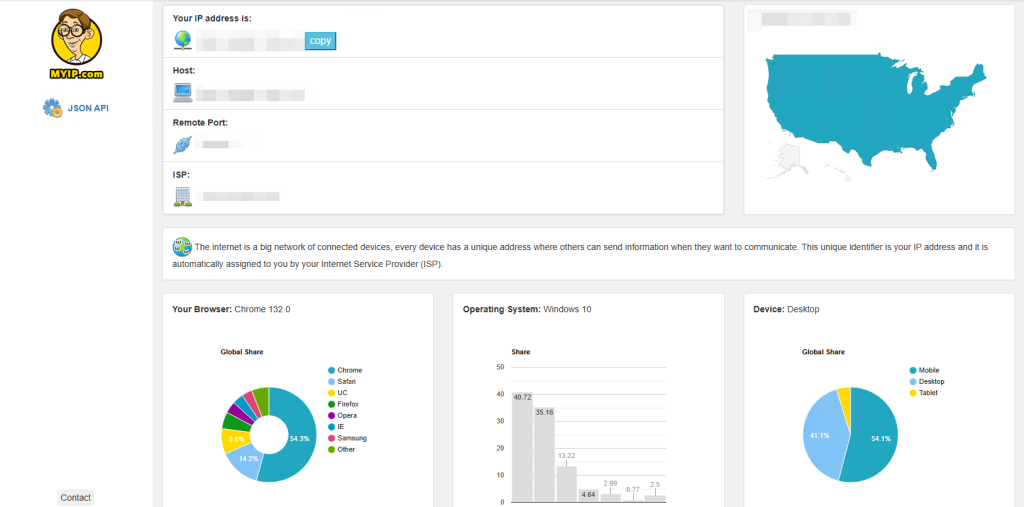
Myip.com is a simple and practical online tool website primarily designed to help users quickly query their public IP address and related network information. It requires no software installation or plugins—just visit the website to get the information you need, making it ideal for users who want to quickly check their IP address.
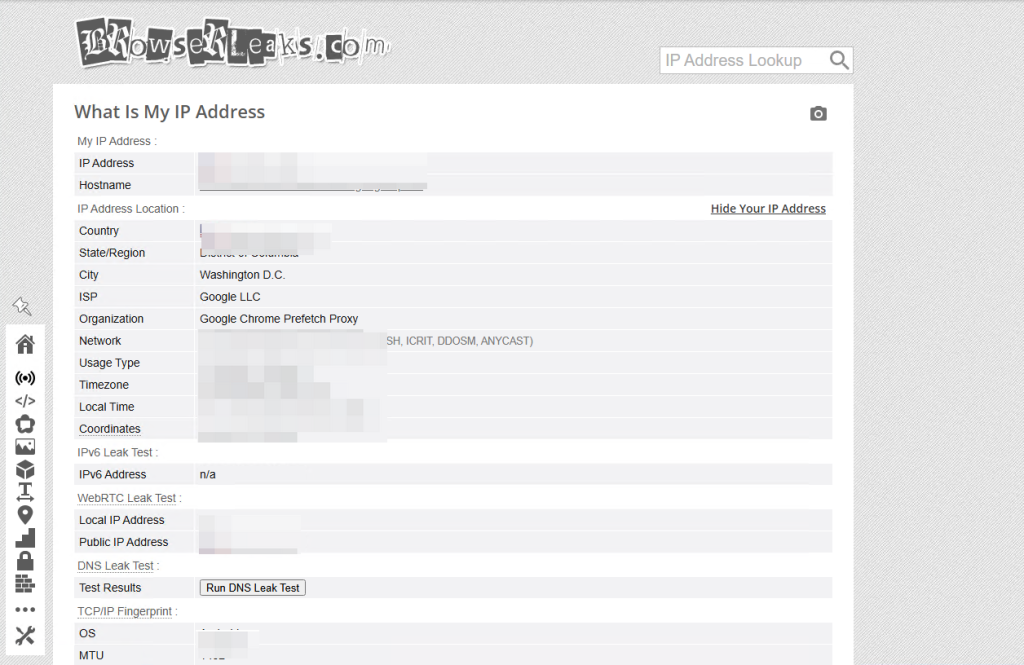
Browserleaks.com is an online tool focused on privacy and security detection, helping users understand the privacy information that their browsers, devices, and network connections may leak.
7. Fast.com

Fast.com is an online speed testing tool launched by Netflix, a global leader in streaming services. Its main function is to help users quickly and simply test their current internet connection speed, especially for detecting whether the network can smoothly support high-definition video streaming.

PortChecker is a simple and free online tool for checking open ports on your computer or device. It is particularly useful for testing port forwarding settings on a router. For example, if you encounter connection issues with a program (such as email or an IM client), it may be because the port required by the application is being blocked by your router’s firewall or ISP. In such cases, this tool can help diagnose firewall setup issues. It can also be used for security purposes if you are unsure whether a specific port is open or closed.
9. Proxy-Check
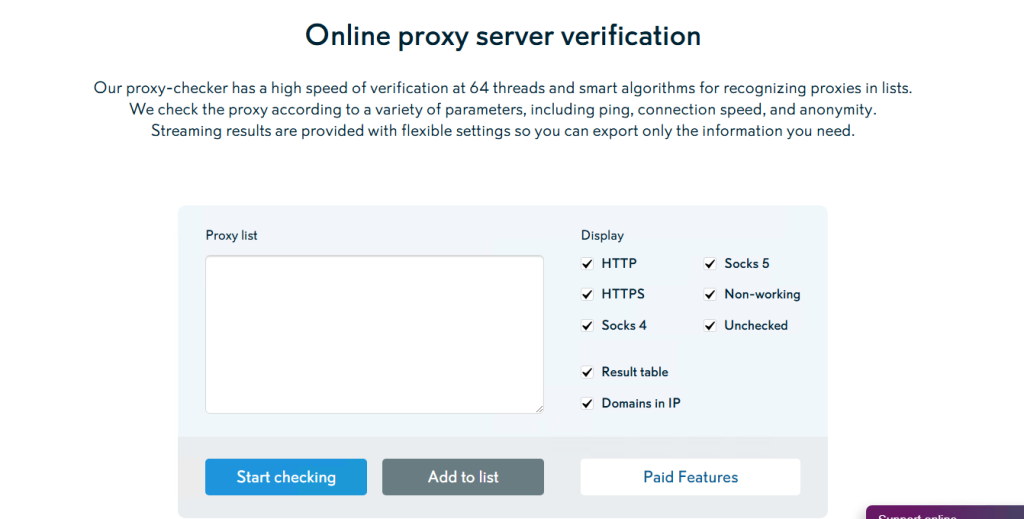
The Hide.mn Proxy Checker is a powerful online tool specifically designed to detect and verify the performance and availability of proxy servers. It supports multi-threaded detection, quickly analyzing whether proxies in a list are valid and providing detailed test results. This website checks proxies based on various parameters, including ping, connection speed, and anonymity. Test results are provided in a streaming format with flexible settings, allowing you to export only the information you need.
Testing a proxy before use is a crucial step to ensure its speed, reliability, and anonymity. Whether you use manual testing methods like ping and curl or leverage specialized tools for performance and security checks, a thorough testing process can help you avoid slow connections, blocked requests, or security vulnerabilities. You can also use free online tools like Hide.mn and WhatIsMyIP.com to quickly view your proxy and network information. By using these testing methods and tools, you will be able to select the best proxy server, ensuring a secure, fast, and reliable online experience.
Start your Cliproxy trial